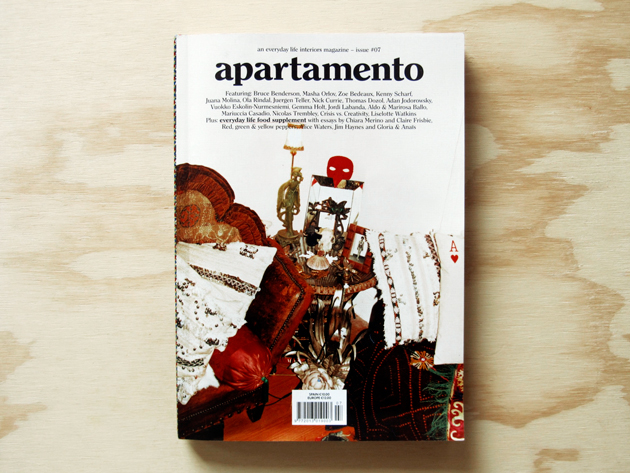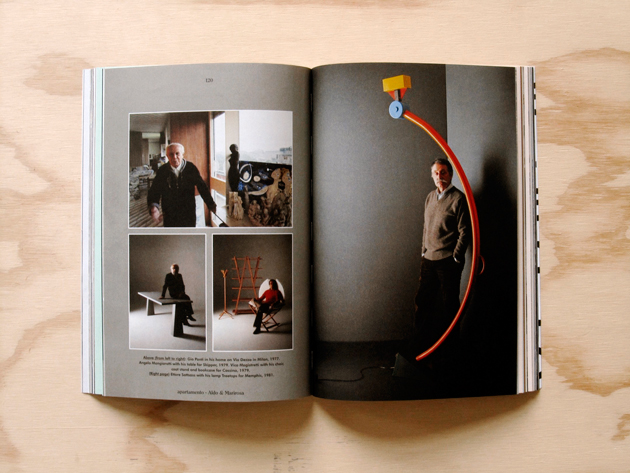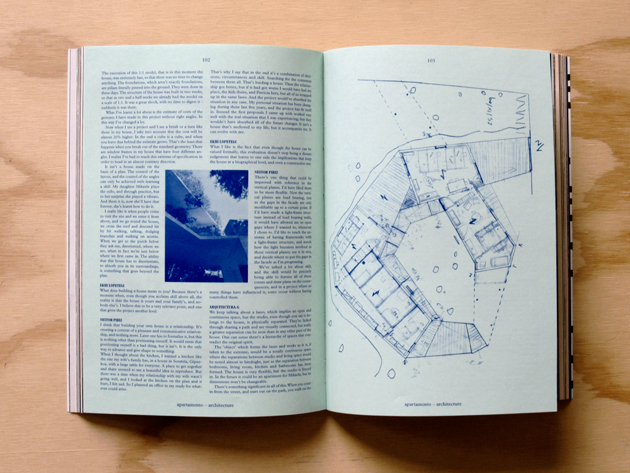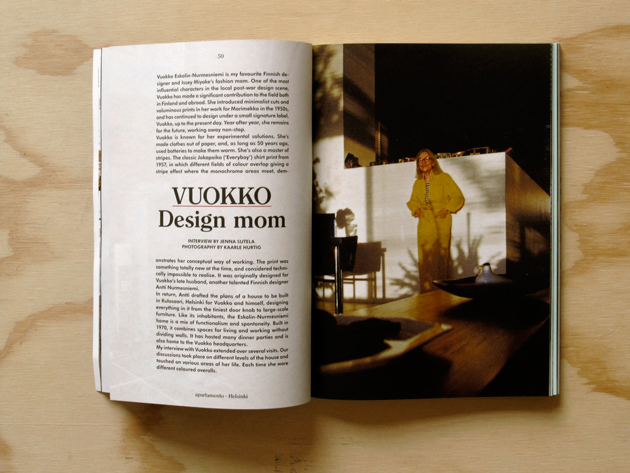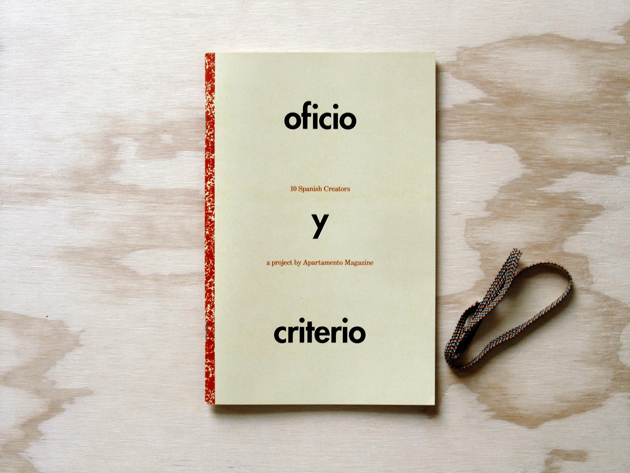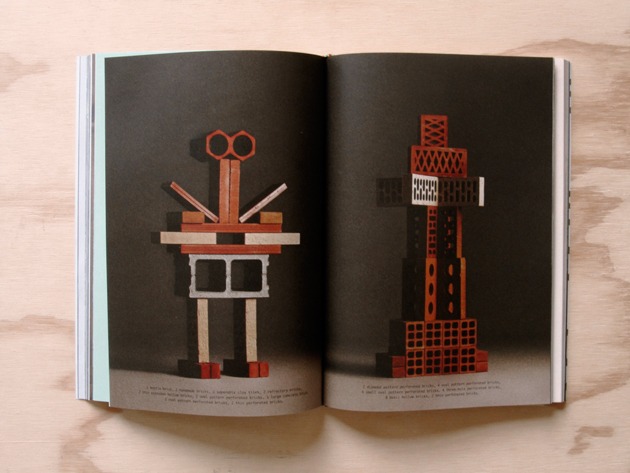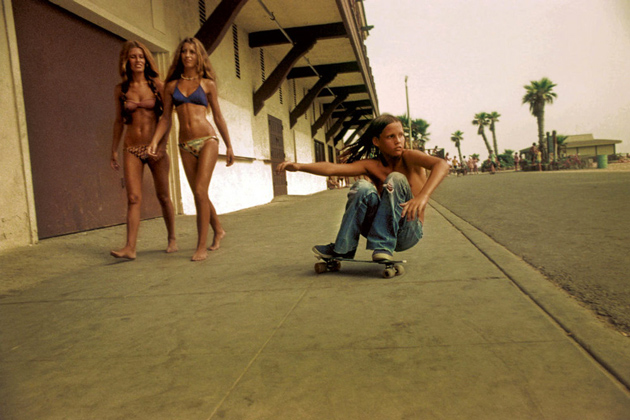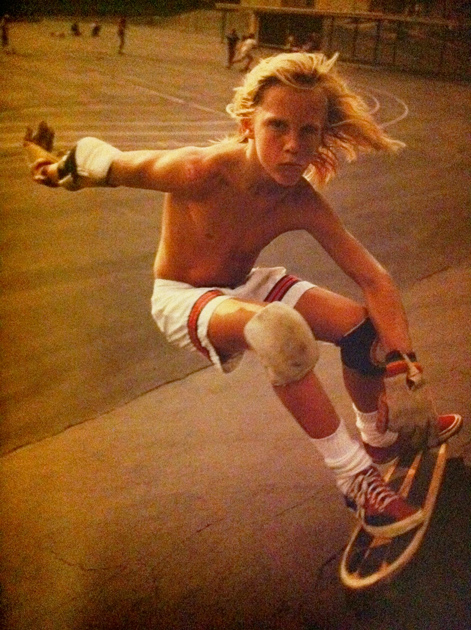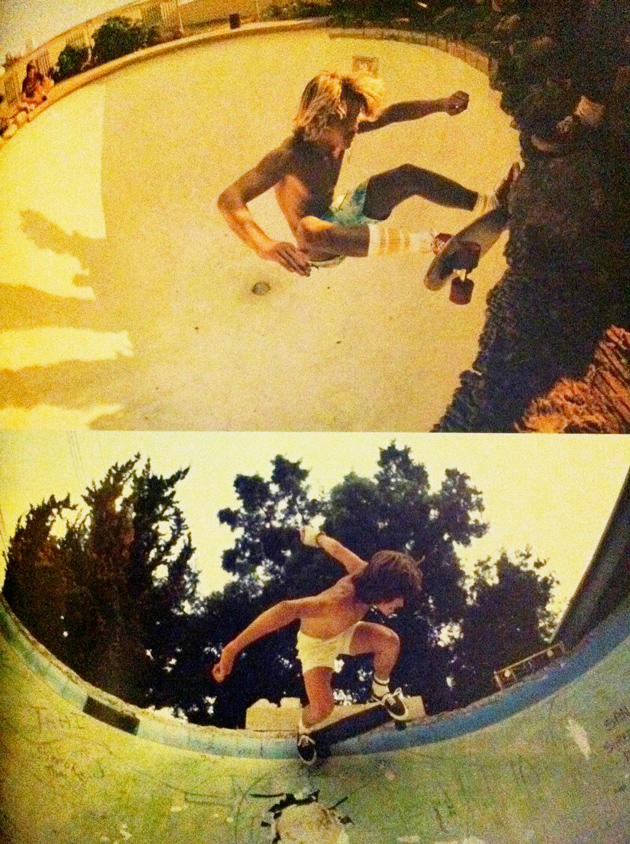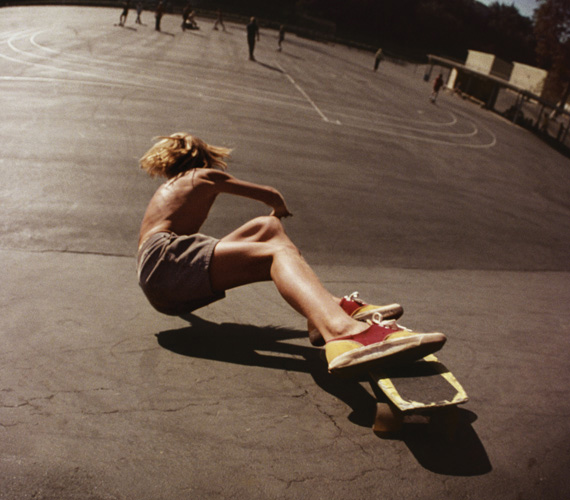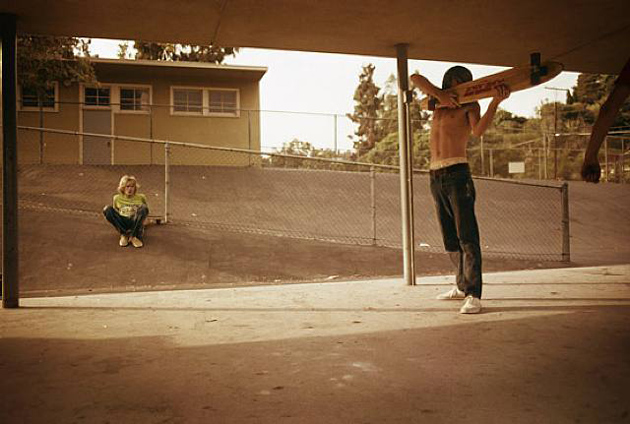.
In Conversation With Conflict Kitchen
Pittsburgh, Pennsylvania, the American city best known for its now mostly defunct steel industry, became home last year to a tiny food stand with a noble agenda: Conflict Kitchen serves food exclusively from nations with which the United States is at conflict. And while Pittsburgh is not generally a centre of groundbreaking intercultural debate, the provocative and ingenious locale has caused quite a stir, and is an eminently appropriate institution for understanding. It is, both in concept and execution, an admirable initiative the style of which the the star-spangled red, white and blue (as well as the rest of the western world) could use quite a bit more of.

Began as an experiment by artists Dawn Weleski, Jon Rubin and John Peña (all associated with Carnegie Mellon), Conflict Kitchen hopes that genuine, personal engagement and ground-level encouragement of good old-fashioned conversation will spark debate and promote awareness. The widely misunderstood (and underrepresented) cultures the project highlights are brought to the attention of diners who might otherwise remain oblivious to the humanity and nuance behind the amorphous enemy their own country might be bombing. With powerful graphic design, involvement of individuals from the represented cultures, an ethical imperative and an open mind, the kitchen has succeeded admirably at bringing to life a sort of modern day, kerbside salon.
It is the incisive power of food, however, that is the real conduit of the project’s power. Building bridges to our fellow man, it seems, is best achieved through food: it would be no accident to assume that Italy’s titanic 20th century blunders were quickly swept under the rug thanks in part to its divine cuisine. And it remains an oft-overlooked fact that in an age of fast-food exotic fare, there continue to be gigantic holes in westerners’ culinary maps that leave the cultures behind them somehow diminished.


Serving Afghan fare in its current iteration, Bolani Pazi, it has previously served Iranian and has at least two other menus on the horizon. The project garnered an impressive following on Kickstarter, and will hopefully inspire other platforms for understanding through food.

In a short conversation with The Blogazine, Conflict Kitchen’s Jon Rubin explained the project’s vision and let us in on plans for future iterations:
Conflict Kitchen is a bridge to cultural understanding through food and good, clear design. Is your goal primarily to build awareness of the individual cultures or, more generally, to build an appreciation for our shared humanity?
I think our goal is both. On one level we are responding to the lack of representation within our city for the cultures within these countries (there are no Iranian, Afghan, Cuban, Venezuelan restaurants or cultural centres in our city). On another level we are trying to connect our customers very experientially with the ideas and thoughts of people living in these countries, and to get them to open up to a conversation on the socio-political dynamics at play. Certainly its very difficult to bomb a country or more specifically a populous whose culture and humanity you understand and respect. Americans love good guys and bad guys, black and white, and the truth of course is always fluctuating in the grey middle.
We are interested in presenting a more nuanced conversation on life within the countries we see represented through the narrow media and policy lens of conflict and discord. The quotes on our current food wrapper come from many different Afghans, and frankly they are sometimes in disagreement with each other. Opening our customers to questions as opposed to new oversimplified answers is for us a powerful form of political engagement.
Have you had any sort of resistance to the project?
Very little really. Some small online grumbling. But that is to be expected.

Any plans to branch out with other locations, either inside or outside the US?
We have discussed the possibility of branching out. Its really very hard as Dawn and I are involved on a very intimate level with the project. It’s also a strange business/art/politics hybrid that needs quite a bit of care and support to thrive in the public sphere. We are having some conversations nationally and international, though nothing solid yet.
I can understand if you’re not willing to leak a spoiler, but what’s in the works for future incarnations? Maybe North Korea?
Oh, it’s not much of a surprise. We will be focusing on North Korea and Venezuela in the near future.

Conflict Kitchen is located in Pittsburgh’s East Liberty neighbourhood.
Tag Christof – Images courtesy conflictkitchen.org – Very special thanks to Jon Rubin
